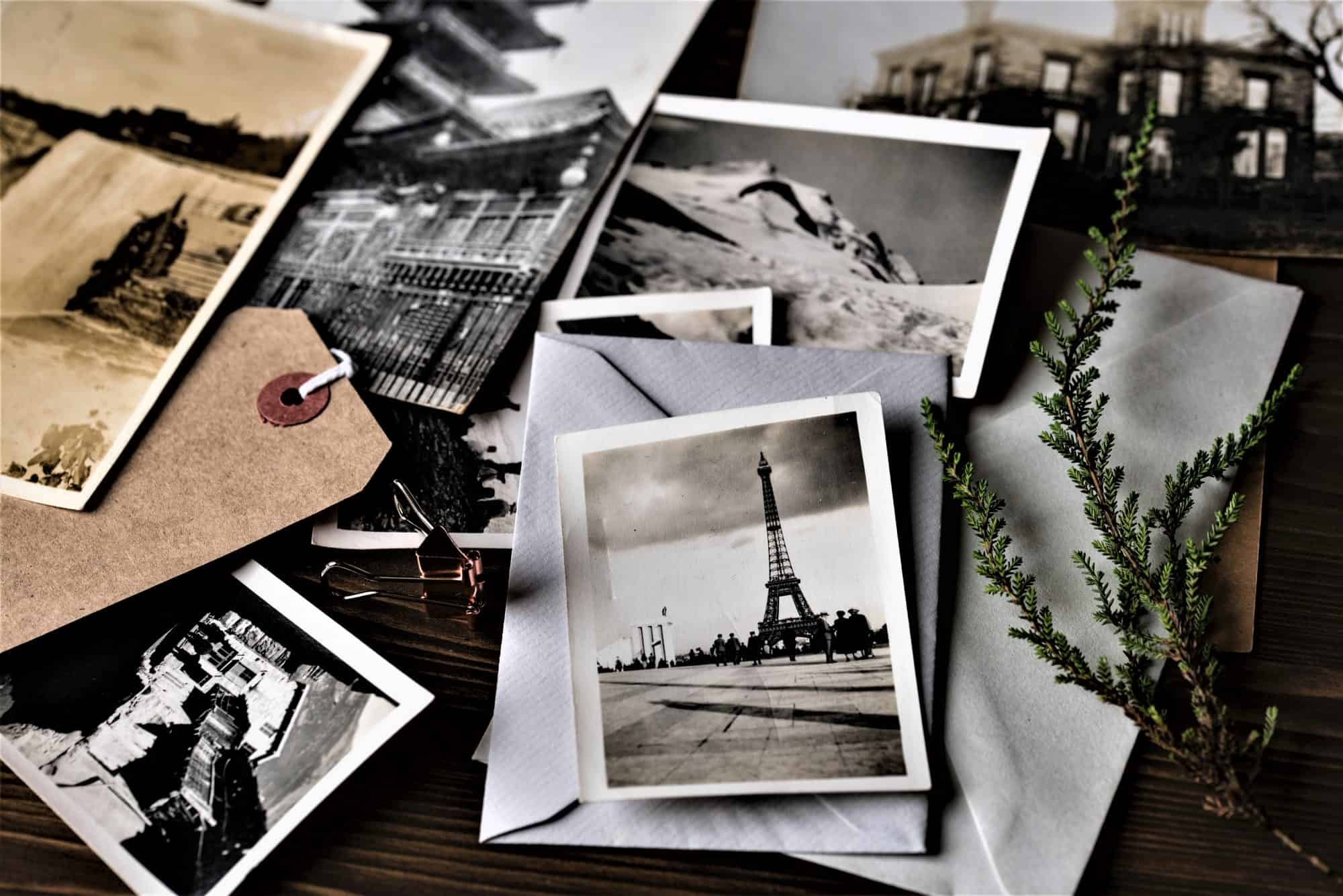Japan Press Trip Part 11
As the imperial capital for 1,000 years, Kyoto is full of castles, gardens, shrines, and temples. But how can someone not famliar with Japanese culture distinguish a shrine from a temple?
There are 1,600 Buddhist temples and 400 Shinto shrines in Kyoto. But how can someone not familiar with Japanese culture tell the difference? Keep reading to find out!
I always thought that a temple was a building and a shrine was an object. So a shrine could be in a temple, but a temple couldn’t be in a shrine (unless it was of miniature scale).
So I was confused by the repeated references in Japanese travel brochures and tourism websites to temples and shrines. When I looked at the pictures of them, they looked pretty similar.
They were almost always buildings. And they were often (but not always) set in gardens.
I reached for my Oxford American dictionary, which defines a temple as ‘a building dedicated to the presence or service of a god or gods’. And it defines a shrine as ‘an alter or chapel or other place that is hallowed because of its special associations’.
Digging a little deeper, I discovered why the travel brochures always made such a clear distinction between Japanese temples and Japanese shrines – and why they both referred to buildings rather than objects.
Japanese Temples
Buddhist temples have a sanmon gate at the entrance, which is the most important gate of a Buddhist temple. They can have from one to 5 bays, the number indicating the importance of the temple. And they often have 2 storeys.
Because of their architectural diversity, sanmon can be hard to identify. Some, such as the one pictured above, are lavish affairs. But they can also be just a simple gate with a small roof on top.
Japanese temples are not primarily places of worship. They are, rather, a place where sacred objects can be stored and sometimes put on display.
Buddhists don’t come to temples to pray. They come, rather to pray in front of or near these objects. It’s a important – if subtle – distinction.
Devotees first toss a coin into an offering box, which is usually located in front of the object. Then they say a short prayer.
Shinto Shrines
Shinto shrines are easier to identify because they have a torii gate at the entrance, which is usually – but not always – painted bright orange, although the colour usually starts to fade after time.
After entering a shrine, devotees start by rinsing their hands with fresh water, which they ladle from a purification fountain near the entrance of the shrine. This water should never be drunk.
Devotees then throw a coin into the offering box, bow deeply twice, clap their hands twice, bow deeply once more, and say a prayer. If there is a gong nearby, they will ring it before saying their prayer.
Religion in Japanese Society
Shintoism is an indigenous religion. Buddhism arrived in Japan in the 6th century by way of what is now known as Korea.
Many aspects of Shinto have, in fact, been incorporated into Buddhism as it is practiced in Japan. Both Buddhism and Shintoism play important roles in Japanese society.
Surveys indicate that less than 40% of the Japanese identify with an organized religion, with about one-third of the population identifying themselves as Buddhists.
The majority of Japanese people pray and worhsip ancestors and gods at Shinto shrines or private alters, while not considering themselves Shintoist.
Shogunzuka Seiryuden
Our final stop before dinner is the Shogunzuka Dainichi-do Temple, which is located in the hills overlooking Kyoto. OMG, is it cold or what?
After taking in the views of the city, which are breathtaking, we enter the temple, sit on the floor, and are given an informative briefing of the temple’s history by a resident monk.
Shogunzuka Seiyuden, 28 Kachou-cho, Zushi Oku, Yamashina-ku, Kyoto, Japan.Website: Shogunzuka.
Shoren-in Temple
Following dinner, we are asked if we want to return to our hotel or continue sightseeing. Most of us want to continue sightseeing.
We are taken to Shoren-in Temple, one of th 5 Monzeki temples of the Tendai sect of Kyoto. Typically Japanese, it feature a solemn and peaceful ambiance, which is said to be similar to that of the Imperial Palace.
We wander about the temple and its gardens at out leisure or about 45 minutes.
The temple is just steps from the Higashiyama district in Eastern Kyoto. After exploring the temple, we explore the surrounding neighborhood before returning to our hotel.
Shoren-in Temple, 69-1 Sanjobo-cho Awataguchi Higashiyama-ku, Kyoto. Website: Shoren-in Temple.
Shogunzuka Seiryuden, a Buddhist temple in Kyoto, Japan. Photo Credit: Accidental Travel Writer.
